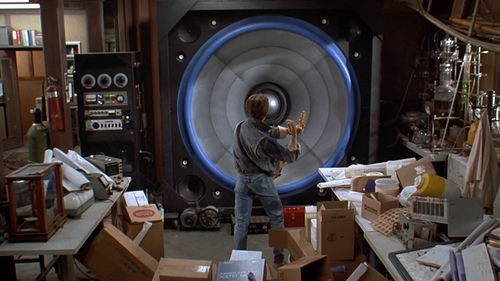Neural Networks for Audio
Thursday, November 20th, 2008
For a good introduction to neural networks, please refer to the online course content of CS-449 from Genevieve Orr. There are also many, many good texts on the application of neural networks, one of which is Neural Smithing by Reed and Marks.
Neural networks hold great potential for many fields – especially digital signal processing for audio. To the best of my knowledge, there has been minimal application of neural network algorithms in consumer audio, professional audio, or audiophile products. There has been some active research however, such as these papers from Malcolm Hawksford.
A simple example of the application of neural networks is in the correction of loudspeaker anomalies. Standard linear digital filters (e.g. FIR and IIR) can correct for linear errors (e.g. frequency response), and they can even do so adaptively (e.g. the LMS filter), however they cannot correct nonlinearities. Neural networks are able to adaptively correct both linear and nonlinear errors via algorithms such as “Backpropagation” for Feed-Forward Neural Networks (FFNNs) and “Real-Time Recurrent Learning” (RTRL) for Recurrent Neural Networks (RNNs).




